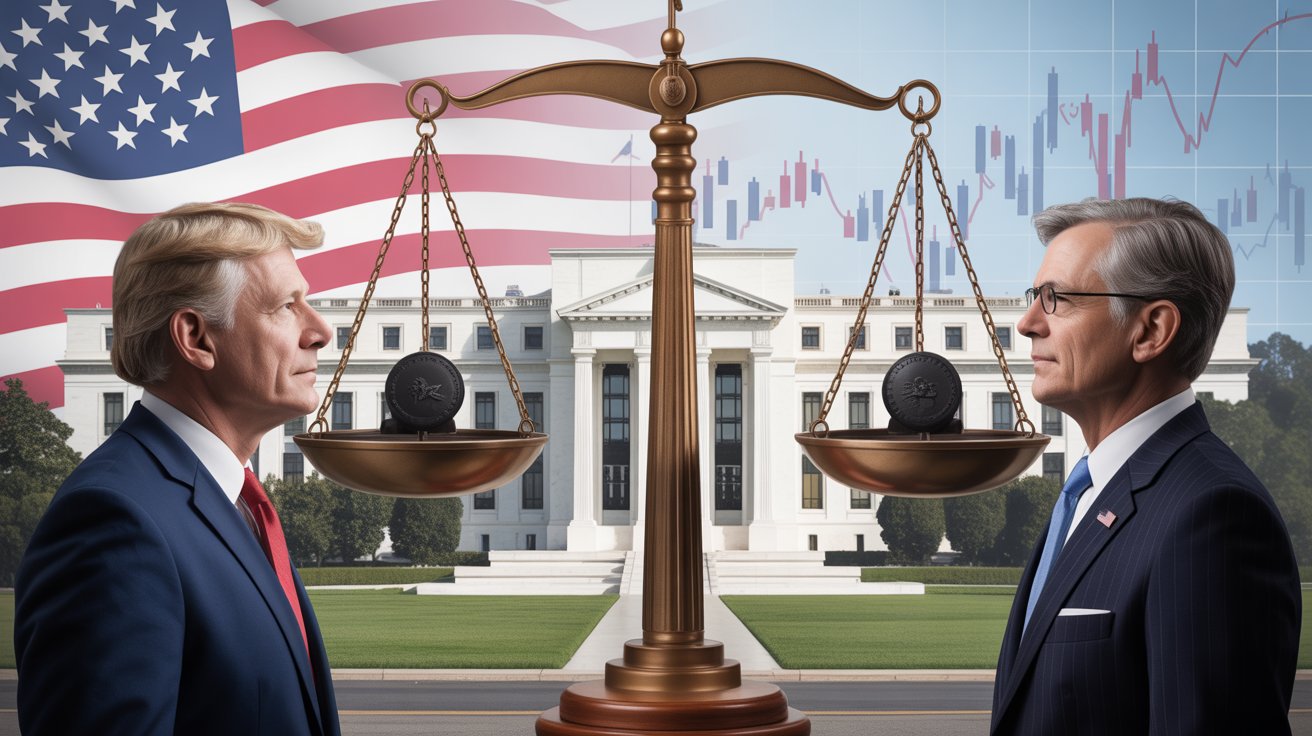
When it comes to the U.S. economy, few topics spark as much debate as the Federal Reserve (the Fed) and how its decisions on interest rates impact everything from mortgage payments to stock market performance. A common question is: How much control does the President of the United States actually have over the Fed and its decisions?
The short answer: very little direct control. But the president does have some indirect influence. Let’s break it down.
What Is the Federal Reserve?
The Federal Reserve is the central bank of the United States. Its primary goals are to:
- Control inflation
- Manage employment levels
- Ensure financial stability
One of the Fed’s most powerful tools is the federal funds rate, which influences interest rates across the economy. Higher rates slow down borrowing and spending, while lower rates encourage economic growth.
Is the Fed Independent?
Yes—the Fed was designed to be independent from political pressure. That means the president cannot order the Fed to raise or lower interest rates. Decisions are made by the Federal Open Market Committee (FOMC), a group of economists and policymakers who analyze data and vote on policy.
This independence is crucial because it keeps monetary policy focused on long-term stability instead of short-term political gains.
How Much Influence Does the President Have?
Even though the president doesn’t directly control interest rates, there are a few ways the White House can have an impact:
1. Appointing Fed Leaders
The president nominates members of the Board of Governors, including the powerful Fed Chair. However, these appointments must be confirmed by the Senate. Once confirmed, Fed officials serve fixed terms and cannot be removed simply for policy disagreements.
2. Shaping Economic Policy
Presidents can influence the economy through fiscal policy (tax cuts, government spending, stimulus programs). While the Fed sets monetary policy, presidential actions can indirectly push the Fed to adjust rates in response to economic conditions.
3. Public Pressure
Presidents sometimes try to sway the Fed by making public statements criticizing or supporting rate changes. For example, former President Trump frequently pressured the Fed to lower rates. While this can create political tension, it rarely changes the Fed’s decisions.
Why This Matters for Your Money
Understanding the relationship between the president and the Fed is critical for investors, entrepreneurs, and anyone trying to make money online or offline.
- Interest Rates & Borrowing Costs – Higher rates make credit cards, mortgages, and business loans more expensive. Lower rates make borrowing cheaper.
- Stock Market Impact – Rising rates often slow down stock growth, while lower rates can boost equities.
- Online Business & Investments – If you run an online business, higher borrowing costs can affect advertising budgets, startup funding, and consumer spending power.
Historical Examples
- Ronald Reagan & Paul Volcker – In the 1980s, Volcker raised rates to fight inflation, even though it caused short-term pain. Reagan respected Fed independence.
- Donald Trump & Jerome Powell – Trump often criticized Powell for not lowering rates quickly enough, but the Fed held its ground.
- Joe Biden & Jerome Powell – Biden reappointed Powell as Fed Chair, signaling trust in his independence despite political challenges.
Final Answer: Does the President Control the Fed?
No. The president cannot directly change interest rates. The Fed operates independently to protect the economy from political cycles. However, the president does have influence through appointments, fiscal policy, and public opinion—but the Fed ultimately makes its own decisions.
For anyone building wealth, investing, or running an online business, it’s important to watch both White House policies and Fed announcements, since together they shape the economic environment.
does the president control the fed, who controls interest rates, fed independence, president and federal reserve, interest rate decisions, federal reserve policy, how the fed sets interest rates, presidential influence on economy, fed chair power, monetary policy explained